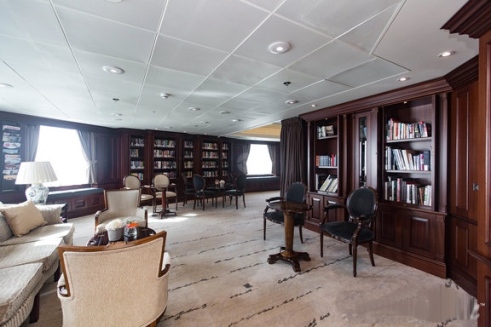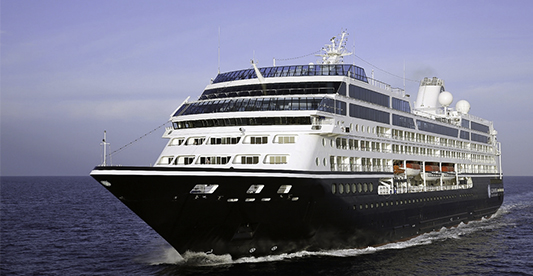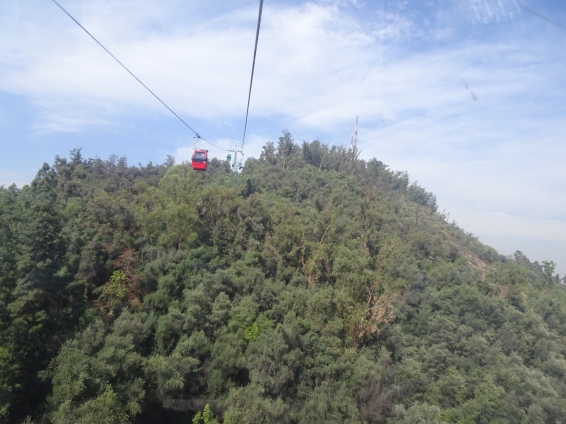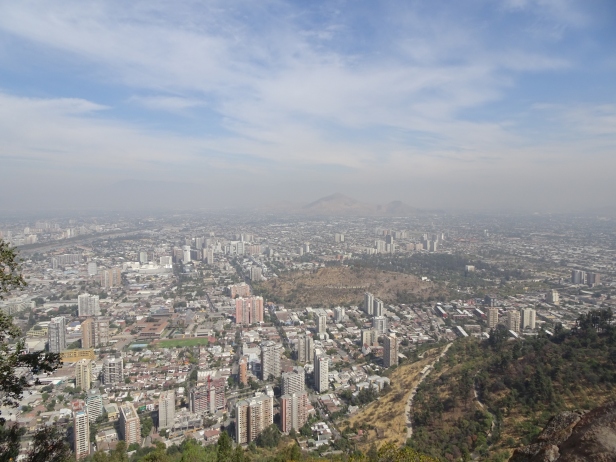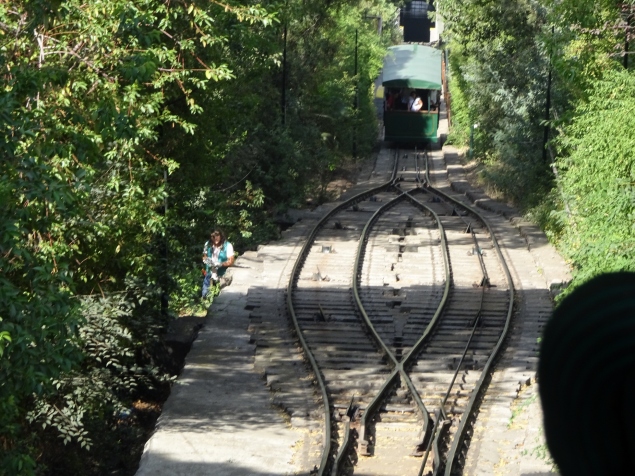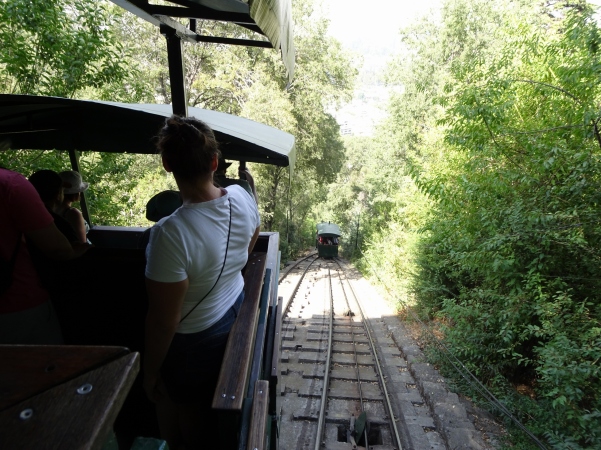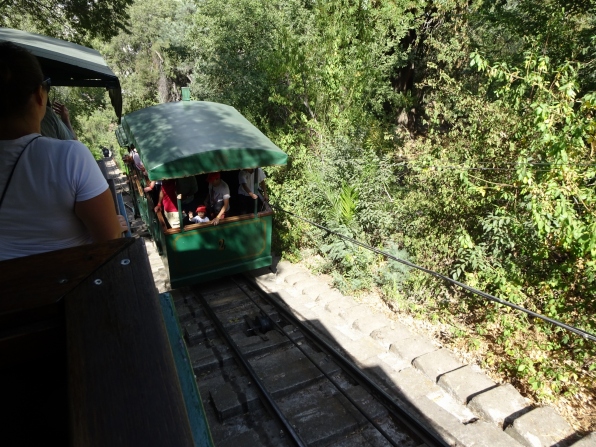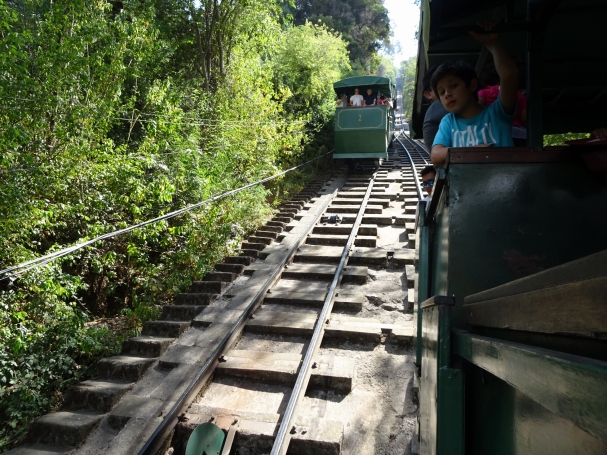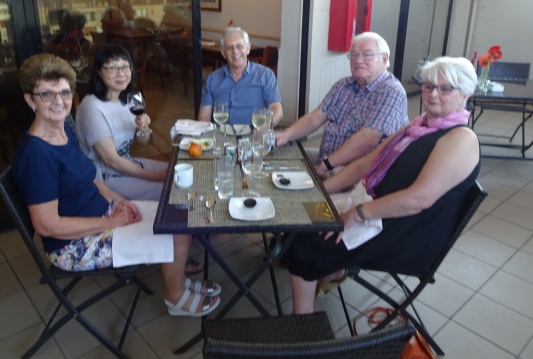In southern Scotland there is an area that used to be called Peebleshire, until 1975 when Scotland abolished counties as local government areas.
Robert Barclay of Glasgow, founded an engineering & ship building company in 1818, and and over the years it grew in size.
In 1875 he built the first four-masted, iron-hulled fully rigged ship in the world for R & J Craig of Glasgow. It was called County of Peebles. It had a cargo capacity of 1614 net tons, and on entering the jute trade between Great Britain and India she was, what we would call today, ‘state of the art’ for a windjammer.

With the success of the County of Peebles R & J Crag ordered eleven more similar rigged four masted ships. Each one was named after a Scottish county, County of Inverness being just one other of the sisters.
In 1898 County of Peebles was sold to the Chilean navy and renamed Muñoz Gamero so named after Benjamín Muñoz Gamero who was a Chilean naval officer & governor of Punta Arenas in the Straits of Magellan. He was killed during the Mutiny of Cambiazo in 1851.

Another picture of County of Peebles
During the late 19th century sailing ships could be competitive on long voyages to Australia or India. Overall they were faster than steamers, because they didn’t have to bunker for coal nor did they require freshwater for steam. At that time a steam ship would average about 8 knots, and had to call in various ports for bunkers etc.
Later steamers replaced the windjammers because they could maintain a schedule, and were not subject to the wind.
The windjammer era ended in the 1930’s.

If you are interested in life aboard a windjammer, may I suggest ‘The Last Grain Race’ by Eric Newby , The above is a photograph of the Moshulu the ship in which he sailed

This edition was published in 1956 – the author who, became a travel writer, took part in the Last Grain Race in 1939 when he was eighteen. He shipped out as an apprentice seaman.
Back to County of Peebles – the Chilean navy had bought the ‘Peebles’ so as to be used as a coal hulk at Punta Arenas on the Straits of Magellan.
In the mid 1960’s she was beached and used as a breakwater, and is still there today.

I took the above photograph, and as you can see her masts are ‘cut down’. A sad end to a fine ship that in 1880 sailed from Cardiff to Bombay in eighty three days; and in 1883 sailed from Glasgow to Buenos Aires in 59 days and her last voyage as a commercial vessel was in 1898 , she arrived in Hamburg, 101 days out from Calcutta.
All our yesterdays . . . .


























 The ship seems to be attracting the ice.
The ship seems to be attracting the ice.



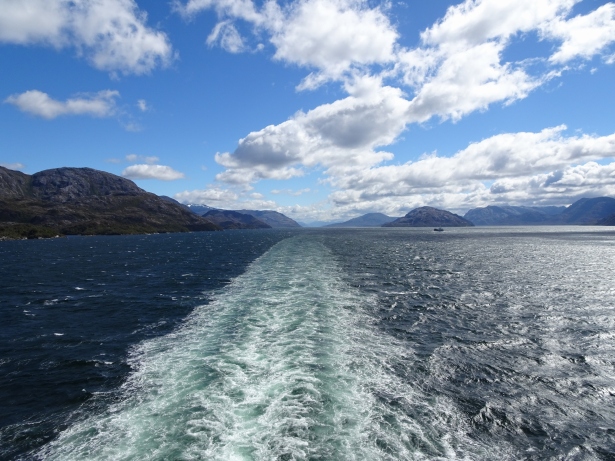











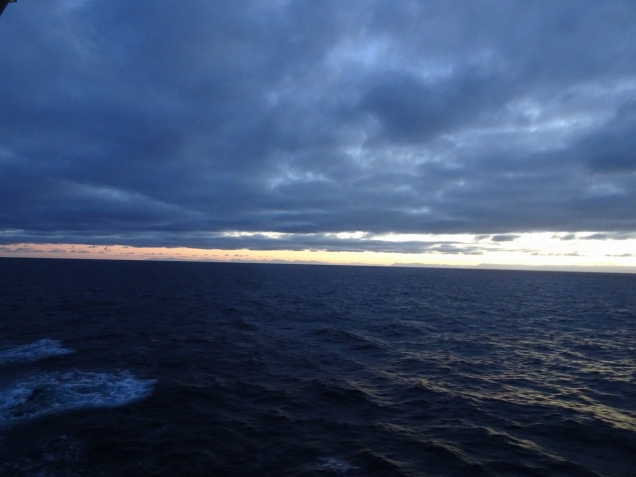
















 A British radio show called ‘The Navy Lark’, first broadcast in 1959.
A British radio show called ‘The Navy Lark’, first broadcast in 1959.

















 Alpacas are gentle and curious as to what is going on around them – they followed our movements without fear and as I pointed the camera they looked in to the lens as if they all done it before.
Alpacas are gentle and curious as to what is going on around them – they followed our movements without fear and as I pointed the camera they looked in to the lens as if they all done it before.



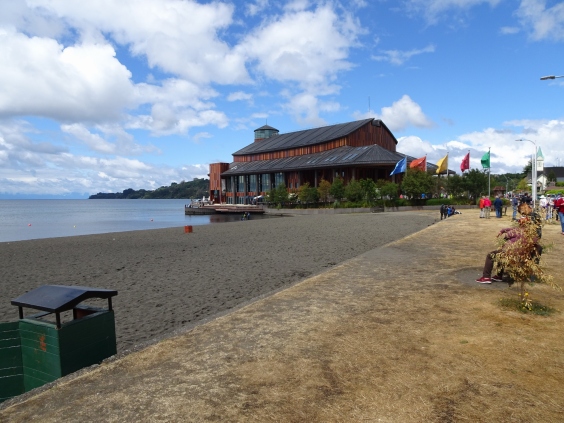

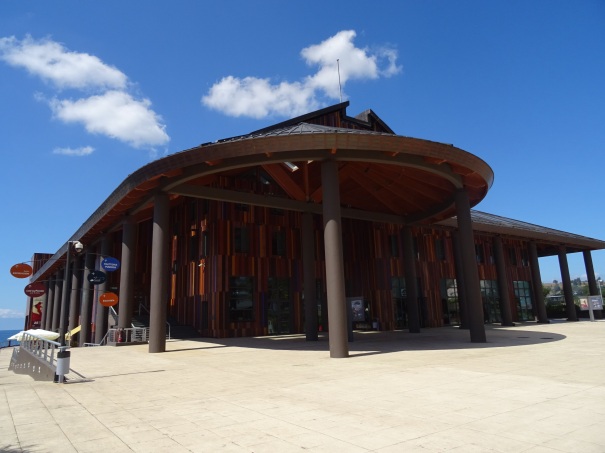











 Our wives in the spirit of White Night.
Our wives in the spirit of White Night.


























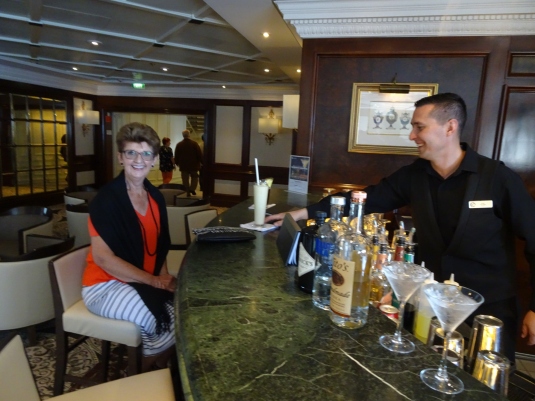
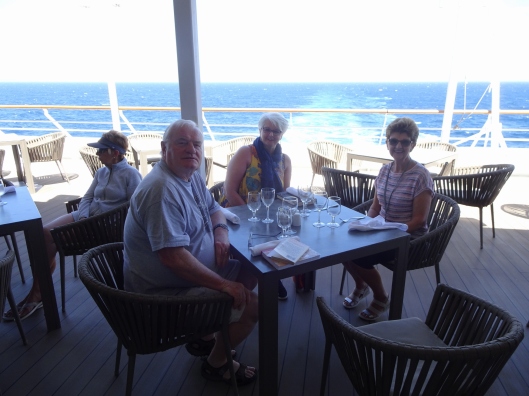
 Quiet, light music at 5.00 pm, and hors d’œuvres, hot & cold, were also served at 5.00 pm.
Quiet, light music at 5.00 pm, and hors d’œuvres, hot & cold, were also served at 5.00 pm.

